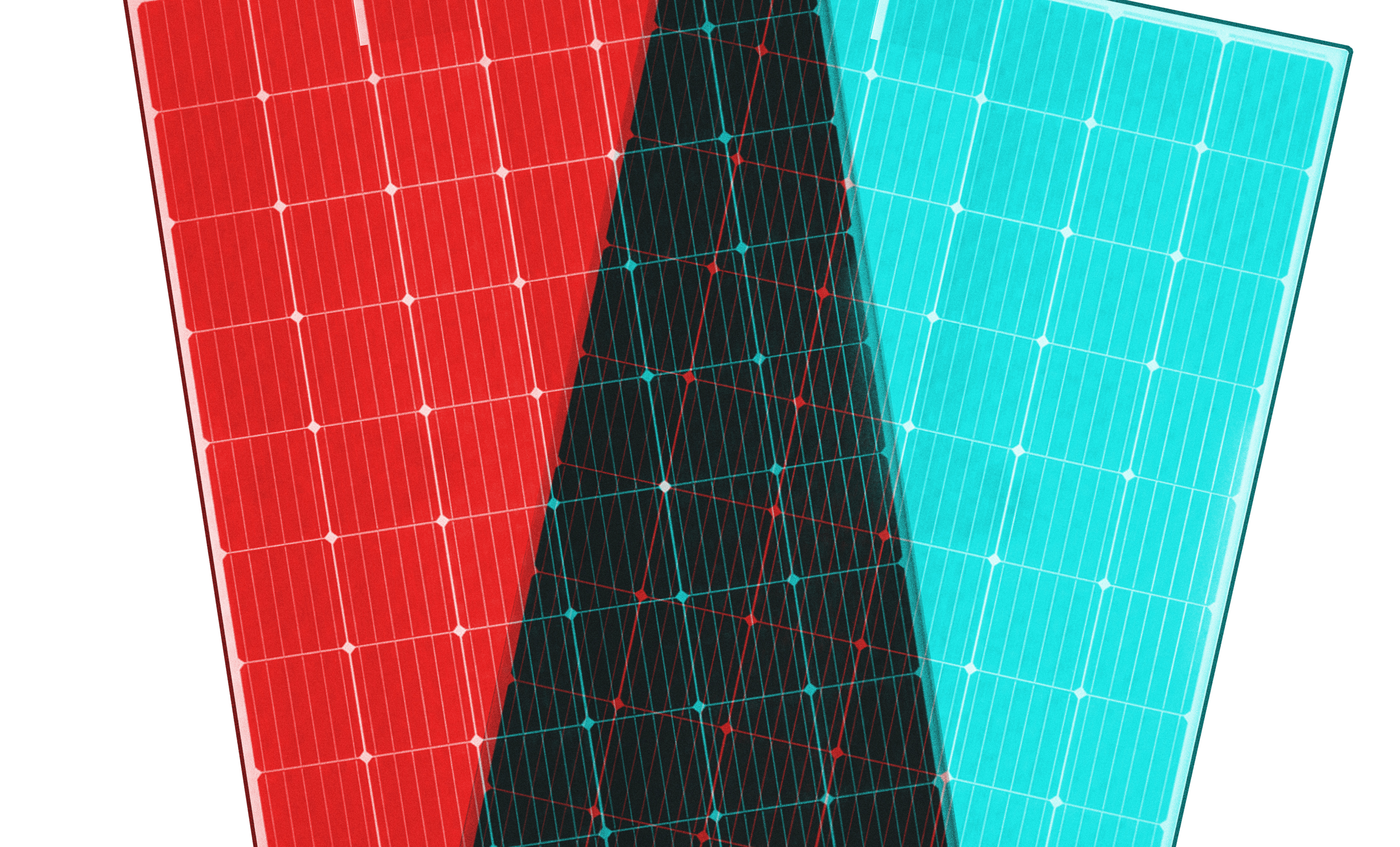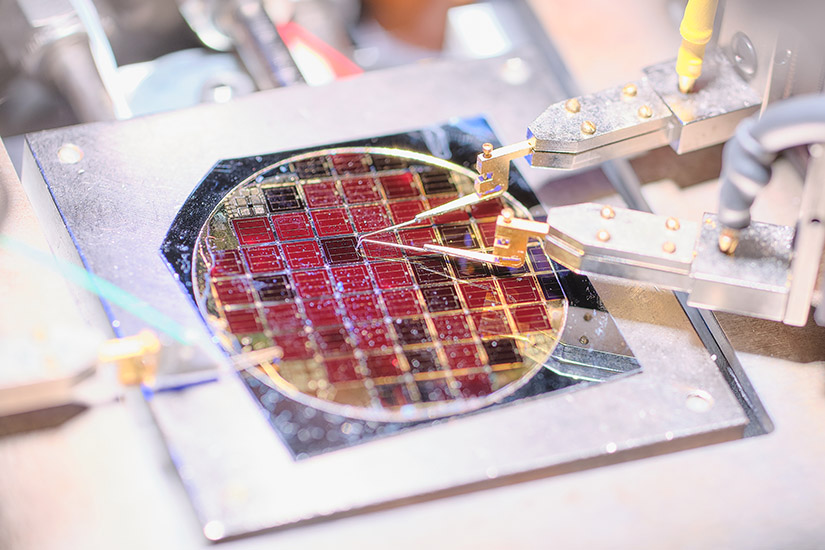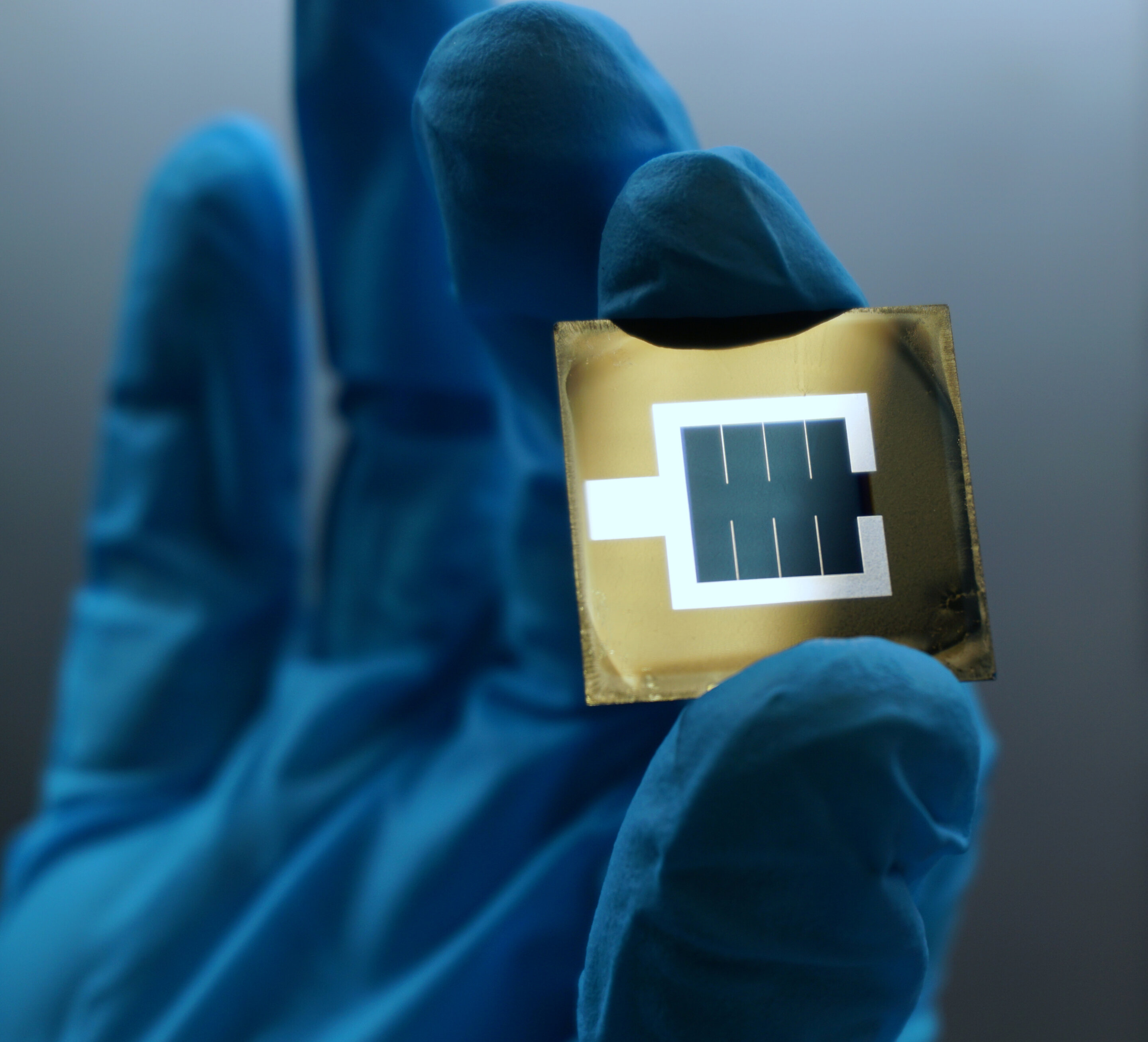Stacking Solar Cells Is A Neat Trick To Maximise Efficiency [Hackaday]

Solar power is already cheap and effective, and it’s taking on a larger role in supplying energy needs all over the world. The thing about humanity, though, is that we always want more! Too much, you say? It’s never enough!
The problem is that the sun only outputs so much energy per unit of area on Earth, and solar cells can only be so efficient thanks to some fundamental physical limits. However, there’s a way to get around that—with the magic of tandem solar cells!
More and More And More

Solar cells are constrained by something called the radiative efficiency limit, also known as the Shockley-Queisser limit. It defines the maximum possible efficiency of a solar cell based around a p-n semiconductor junction. It states that a single solar cell can only have an efficiency of around 32% for the most popular material, silicon. Even with some other semiconductor material with a higher band gap, peak efficiency could only go as high as 33.7%.
The physics involved is complex, and the limit comes down to multiple factors. For a start, not all photons in sunlight have enough energy to excite an electron to the bandgap of the solar cell material, so they don’t contribute to energy generation. Meanwhile, photons with excess energy above the bandgap level waste some of it as heat. Excess heat tends to reduce the efficiency of the cell due to other effects, while it’s also a fact that not every electron excited in the cell structure contributes to current flow. Work through all these limitations, and you can pencil out that your silicon-based solar cell will never achieve more than 32% at best.
The thing about the limit is that it only applies to a single cell in isolation. The concept of a tandem solar cell is that you stack multiple solar together, each tuned to different wavelengths of light. The idea is that by using different semiconductor materials for the different cells, you can generate electricity more efficiently from different wavelengths of light.
In theory, the idea has great promise. Where an ideal single-junction cell has a maximum efficiency of 33.16% in theory, a tandem or multi-junction solar cell with “infinite” junctions could hit an efficiency of up to 86.8%. Of course, we don’t have infinite types of semiconductor materials to use to make a cell that good, but it’s indicative of the gains that can be made.
 100vw, 400px”><figcaption class=) A schematic for a multi-junction solar
A schematic for a multi-junction solarcell, indicating how each layer is tuned to suit different wavelengths of light. Credit: Ncouniot – Fraunhofer Institute for Solar Energy Systems, CC BY-SA 3.0
In reality, we’re still a ways off the theoretical limits, as you might expect. The highest performing single-junction silicon solar cells were capable of achieving 26.81% efficiency, as of last year. In contrast, the most capable quadruple multi-junction cells have achieved efficiencies of over 47% under concentrated sunlight. In real-world conditions, triple-junction cells have achieved efficiencies of 39.5%, still a huge gain over conventional single-junction panels. This isn’t just lab technology, either. Commercial tandem cells are available, and while expensive, they can achieve efficiencies of over 30%. Common customers for this technology are often those working in the space industry, looking to power to satellites.
It bears noting as well that these efficiency gains are actually much greater than they sound on paper. Take a 20% efficient solar cell for example, sized at one square meter. Nominally, the sun puts out around 1000 watts of energy per square meter as it shines on Earth on a bright day. So, our 20% efficient panel will output 200 watts under ideal conditions. If we bump its efficiency up by just 10%, though, to 30%, we get 300 watts output instead. That’s not a 10% improvement—it’s a 50% improvement! Scale that out to a whole solar array, and you can see the benefits to be had from installing more efficient panels.
Perovskitesand More
Of course, you might imagine that this improved efficiency comes at a cost, and it does. Namely, cost! Manufacturing a solar cell with multiple types of semiconductor junctions is far more expensive then simply churning out simple silicon-based panels. Popular semiconductor materials for multi-junction cells include indium gallium phosphide (InGaP), gallium arsenide (GaAs), germanium (Ge), and indium gallium arsenide (InGaAs). Known as III/V semiconductor materials, they all have different band gaps, which allows them to convert photons of different energy levels more efficiently into electricity. However, these materials can be very expensive, and aren’t really suitable for mass production of consumer-grade solar cells.

However, the most talked-about tandem configurations involve pairing silicon with perovskites, a class of materials that have shown remarkable photovoltaic properties. Perovskites are cheaper to produce and have tunable bandgaps, which means their light absorption properties can be adjusted for optimal performance when layered on top of silicon. In one example from Helmholtz-Zentrum Berlin, scientists created a perovskite solar cell layer that was tuned to capture photons from the blue part of the visible light spectrum. Meanwhile, the conventional silicon solar cell underneath was left to capture the red and near-infrared light. This improves efficiency, because the perovskite could be tuned with a band gap suitable for the higher energy blue light. If the blue light was instead captured by the silicon layer, the extra energy above the band gap would just be wasted, being turned into heat.
It’s actually possible to use multiple layers of perovskites too. Each layer can be tuned to a different band gap, with the highest-energy layer on top and silicon on the bottom. Researchers at the Karlsruher Institut für Technologie have been experimenting with this very concept, producing a triple-layer perovskite-perovskite-silicon cell. Their design achieved a record efficiency of 24.4%, as revealed in a new paper published this year. Cells using this type of design aren’t yet achieving the 30%+ results of other tandem designs, but the hope is that multi-layer perovskite designs could continue to improve in efficiency in future.
As the world continues to wean itself of fossil fuels, demand for solar cells will continue to rise. At the same time, the more efficiency we can get out of each cell, the less we’ll require to meet our energy needs. Expect development to continue at a rapid pace in this area as companies vie to develop the perfect multi-junction solar cell that can be manufactured en masse. Ultimately, these improved panels will be a key tool in the fight against climate change.

![stacking-solar-cells-is-a-neat-trick-to-maximise-efficiency-[hackaday]](https://i0.wp.com/upmytech.com/wp-content/uploads/2024/03/172174-stacking-solar-cells-is-a-neat-trick-to-maximise-efficiency-hackaday-scaled.jpg?resize=800%2C445&ssl=1)